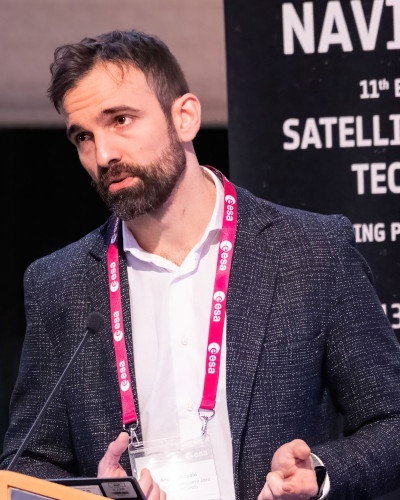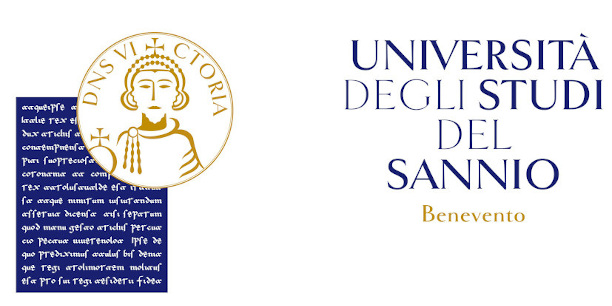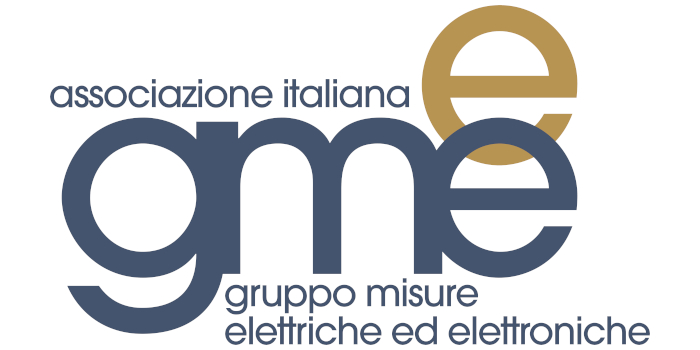SPECIAL SESSION #12
Strengthening GNSS: Accurate Positioning, Timing Assurance, and Interference Mitigation
ORGANIZED BY
Ciro Gioia
European Commission, Joint Research Centre
Andrea Piccolo
European Commission, Joint Research Centre
Francesco Menzione
European Commission, Joint Research Centre
SPECIAL SESSION DESCRIPTION
Global Navigation Satellite Systems (GNSSs) remain foundational to modern aerospace metrology, enabling precise navigation, timing, and synchronization across aircraft, drones, spacecraft, and satellite systems. While their current applications are well-established, emerging challenges and technological advancements demand a deeper exploration of GNSS’s evolving role. This special section builds on last year’s discussions by introducing cutting-edge topics such as GNSS Timing Verification and Performance Evaluation Against State-of-the-Art Standards, as well as Controlled Reception Pattern Antenna (CRPA) Antennas and technologies for Interference Detection and Mitigation. These additions address critical gaps in aerospace metrology, including timing accuracy under dynamic environments, interference resilience in contested electromagnetic spectrums, and the integration of advanced antenna/receiver systems.
The session will explore how these innovations enhance safety, efficiency, and reliability in aerospace operations, while also fostering dialogue on future trends and collaborative solutions. Through technical presentations, case studies, and forward-looking discussions, attendees will gain actionable insights into leveraging GNSS advancements to overcome emerging challenges in the field.
TOPICS
The special section will cover the following key areas:
- Accurate real-time positioning information essential for the navigation of aircraft, drones and spacecraft. This includes determining the position, speed, and direction of the aircraft, which is critical for flight path planning, guidance, and control.
- GNSS precise timing information is crucial for various aerospace applications. This includes synchronizing on-board systems, coordinating ground-based operations, and ensuring the accuracy of communication signals.
- Improving safety of air travel by providing reliable navigation and positioning data, which helps prevent collisions, supports emergency response, and aids in search and rescue operations.
- Interference Detection and Mitigation Interference Detection and Mitigation: CRPA antennas with beamforming, nulling, and Direction-of-Arrival (DoA) estimation for interference suppression, advanced receiver algorithms for dynamic spectrum management and signal integrity, and case studies on mitigating jamming/spoofing in contested environments. Machine learning and crowd sourcing approach for the detection and localization of interference.
- Optimizing flight paths, reducing fuel consumption, and enhancing the overall performance of aerospace systems exploiting GNSS.
- Space Missions: GNSS is increasingly being used in space missions, including satellite orbit determination, new payload’s steering, remote sensing and even interplanetary navigation.
- Real-world case studies showcasing the successful integration and application of GNSS in aerospace metrology, providing attendees with practical insights and inspiration.
- A forward-looking discussion on future trends, developments, and potential innovations in GNSS technology for aerospace applications.
- Challenges encountered in integrating GNSS technology in aerospace metrology and potential solutions.
This special section would serve as a rich source of information and a platform for industry experts, researchers, practitioners, and enthusiasts to share their insights, experiences, and questions. The goals of the sections are to engage attendees in meaningful dialogues, foster collaborations, and expand professional networks.
ABOUT THE ORGANIZERS
Ciro Gioia obtained his MSc in Nautical Sciences and a PhD from Parthenope University in 2009 and 2014, respectively. He served as a consultant for the European Commission Joint Research Centre (JRC) from May 2014 until June 2016. He then transitioned to a role as a scientific project officer at the same institution, where he concentrated on location and navigation, particularly in relation to geomatics, from July 2016 to July 2022. Since October 2024, he has been working as a project officer for the European Commission’s Joint Research Centre. His research primarily focuses on achieving accurate and reliable navigation through multi-sensor navigation, integrity, interference detection, and mitigation.
Andrea Piccolo earned his MEng in Telecommunications Engineering from Politecnico di Milano, Italy. In 2015, he joined Thales Alenia Space Italia based in Gorgonzola, where he worked as a GNSS Navigation System Engineer for Space products. His key responsibilities included designing, developing, validating, and conducting R&D for GNSS Spaceborne receivers and Navigation Signal Generation Unit (NSGU). These projects were under the supervision of the European Space Agency (ESA), European Commission (EC), and the Italian Space Agency (Agenzia Spaziale Italiana, ASI). Starting in June 2023, Andrea took on the role of a Science for Policy Researcher at the European Commission's Joint Research Center in Ispra, Italy. His work primarily focuses on GNSS Navigation systems in Space. He is an active participant in the EU GNSS Programmes, Space Service Volume, and LEO-PNT. Andrea also provides support to the Directorate-General for Defence Industry and Space (DEFIS) and the EU Agency for the Space Programme (EUSPA).
Francesco Menzione received Master degree (2012) and Ph.D. (2017) from the University of Naples Federico II in Aerospace Engineering and Satellite Navigation. He spent almost nine years, from 2012 till 2021, working in the aerospace sector as navigation and control engineer. In 2021, he joined European Commission’s Joint Research Centre as Technical and Scientific Officer for the Galileo Sector within the Space, Connectivity and Economic Security Unit. He currently provides technical and project management support to different funded EC DEFIS studies and research areas focusing on Precise Orbit Determination, Space Service Volume, LEO-PNT, Hybrid PNT, Galileo High Accuracy Service (HAS) and GNSS based remote sensing.





